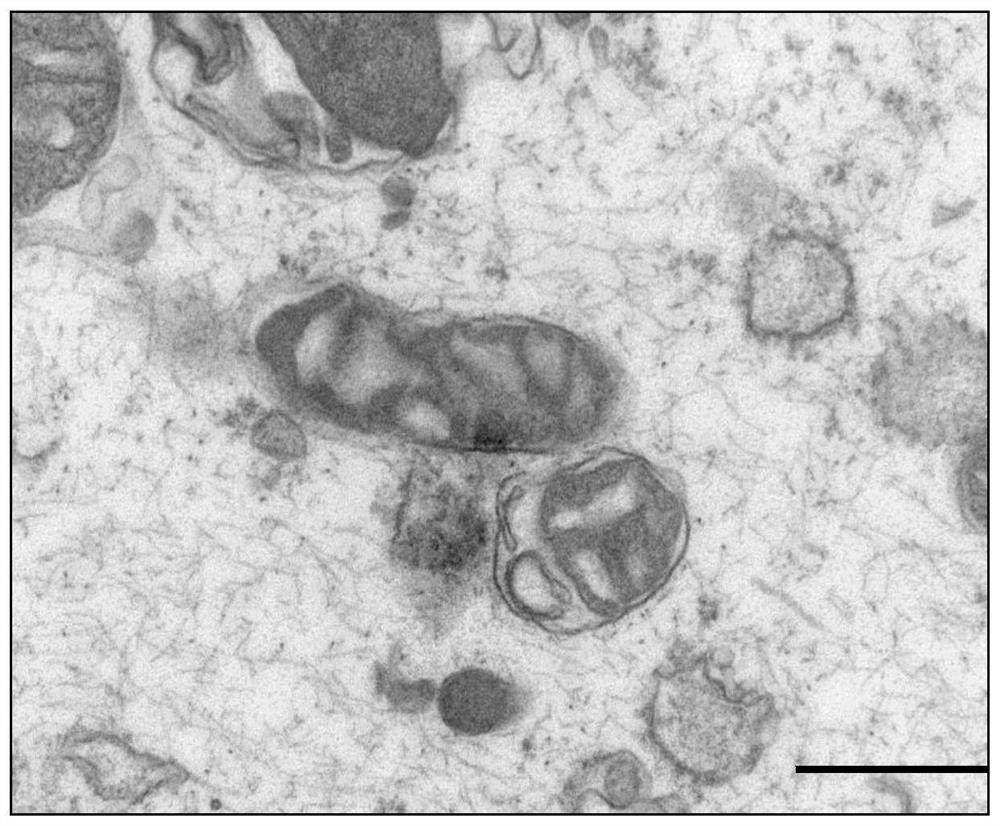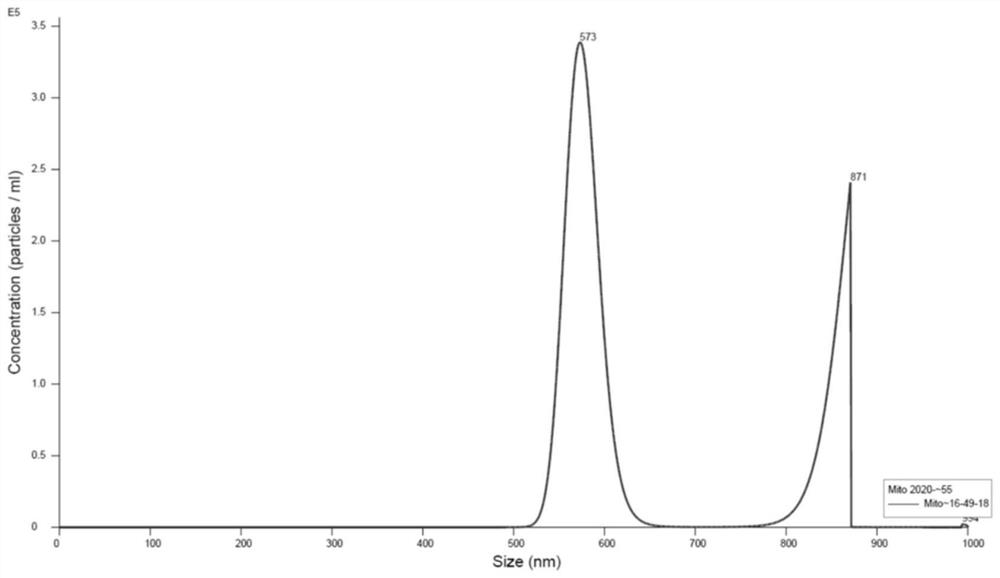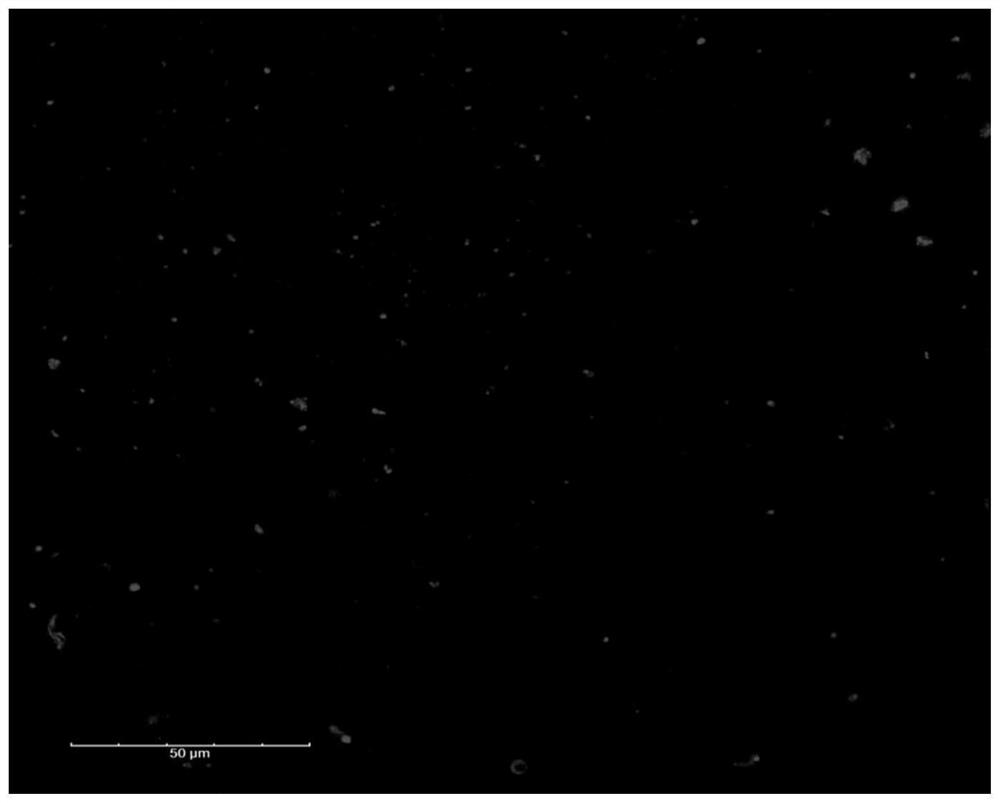Application of mitochondrial transplantation in treatment of periodontitis
A technology for mitochondria and periodontitis, applied in the application field of mitochondrial transplantation in the treatment of periodontitis, can solve the problems of loss of periodontal support tissue and ineffective repair, and achieve the solution of ineffective recovery, enhance osteogenic differentiation potential, and promote Bone effect
- Summary
- Abstract
- Description
- Claims
- Application Information
AI Technical Summary
Problems solved by technology
Method used
Image
Examples
Embodiment 1
[0031] Example 1 Mitochondria Isolation and Electron Microscopic Observation and Activity Test
[0032] 1. Mitochondria Isolation
[0033] The mitochondria of healthy human periodontal ligament stem cells (hPDLSCs) were extracted for subsequent experiments. The specific method is as follows:
[0034] (1) Primary culture of hPDLSCs, inoculation of hPDLSCs in the logarithmic phase of growth in 150mm culture dishes, when the cell density reached 90%, the mitochondria were extracted according to the instructions of the mitochondrial extraction kit.
[0035] (2) Conventionally digest and centrifuge the above hPDLSCs cells, collect the cell pellet, resuspend the cell pellet in 2ml PBS, and transfer the cell suspension to a new 2ml EP tube;
[0036] (3) After centrifuging at 1200 rpm for 5 min, discard the supernatant carefully, and add 800 μl of mitochondrial extraction reagent A. Place the EP tube on the vortexer and vortex at the maximum speed for 5s, then immediately place it ...
Embodiment 2
[0059] Example 2 Effect of mitochondria on the osteogenic differentiation ability of hPDLSCs in the inflammatory microenvironment
[0060] Experimental group:
[0061] ① hPDLSCs: routinely cultured, and the medium was changed synchronously with the rest of the groups.
[0062] ② hPDLSCs+OS (osteoinduction, osteogenesis induction): the osteogenesis induction medium was replaced synchronously with the rest of the groups.
[0063] ③hPDLSCs+P.g-LPS (Porphyromonas gingivalis lipopolysaccharide): stimulated with α-MEM medium containing a final concentration of 1 μg / ml P.g-LPS for 24 hours, and then replaced with fresh medium.
[0064] ④hPDLSCs+P.g-LPS+OS: After being stimulated for 24 hours with α-MEM medium containing P.g-LPS at a final concentration of 1 μg / ml, the osteogenic induction medium was replaced synchronously.
[0065] ⑤ hPDLSCs+P.g-LPS+MT (Mitochondria, mitochondria): After being stimulated with α-MEM medium containing a final concentration of 1 μg / ml P.g-LPS for 24 h...
Embodiment 3
[0090] Example 3 Effect of Mitochondria on the Immunomodulatory Function of Inflammation-Injured hPDLSCs
[0091] (1) Method
[0092] 1) Preparation of hPDLSCs supernatant: hPDLSCs in the logarithmic growth phase were inoculated into 10 cm culture dishes. The experimental groups were as follows: Control group, Pg-LPS group, Pg-LPS+MT group. On the second day after inoculating the cells, when the cell density reached 40%, the LPS group and the Pg-LPS+MT group were stimulated with 1 μg / ml LPS-P.G for 24 hours and then replaced with fresh medium, and the Pg-LPS+MT group was added with the extracted mitochondria ( According to the ratio of the number of recipient cells: the number of donor cells = 1:3, that is, the number of recipient cells is 1.5×10 6 , the number of donor cells is 4.5×10 6 hPDLSCs) were treated for 24 h, and 10 ml of fresh complete medium was replaced after the treatment. The control group and the Pg-LPS group were changed synchronously, and the supernatant ...
PUM
 Login to View More
Login to View More Abstract
Description
Claims
Application Information
 Login to View More
Login to View More - R&D Engineer
- R&D Manager
- IP Professional
- Industry Leading Data Capabilities
- Powerful AI technology
- Patent DNA Extraction
Browse by: Latest US Patents, China's latest patents, Technical Efficacy Thesaurus, Application Domain, Technology Topic, Popular Technical Reports.
© 2024 PatSnap. All rights reserved.Legal|Privacy policy|Modern Slavery Act Transparency Statement|Sitemap|About US| Contact US: help@patsnap.com










